New Zealand furniture designer and artist, Cameron Foggo on his background and what continues to inspire him
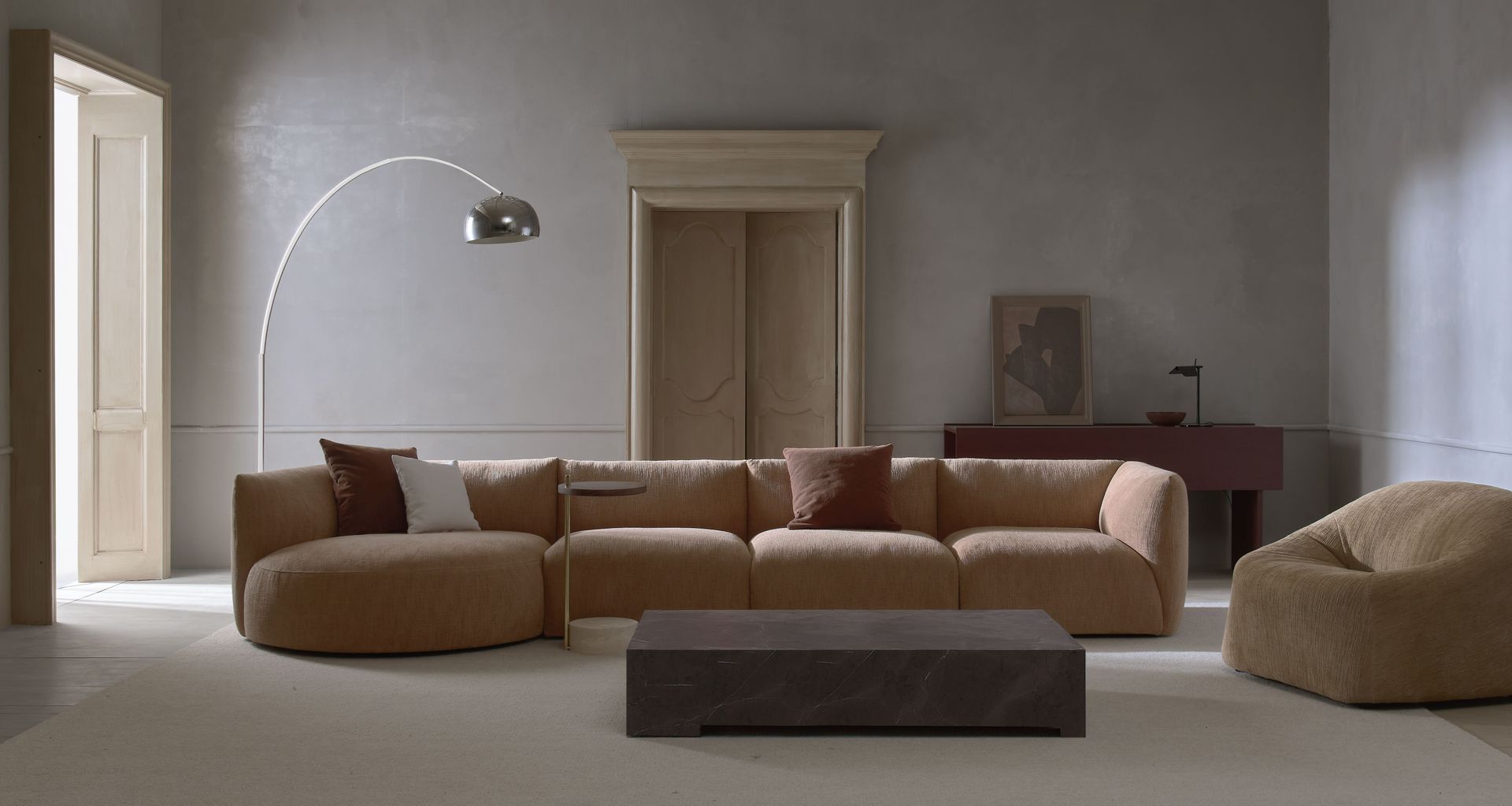
Originally from Christchurch, Cameron established his studio practice in 2007.
His creative journey began as an artist, specifically a painter, before following his parent's footsteps into the world of interiors and furniture design.
Home these days is Byron Bay, living in a creative community in an area with significant cultural uniqueness and natural beauty.
An avid traveller who loves the challenge of stepping out of his comfort zone and broadening his perspective and fuelling his creativity and passion for design.

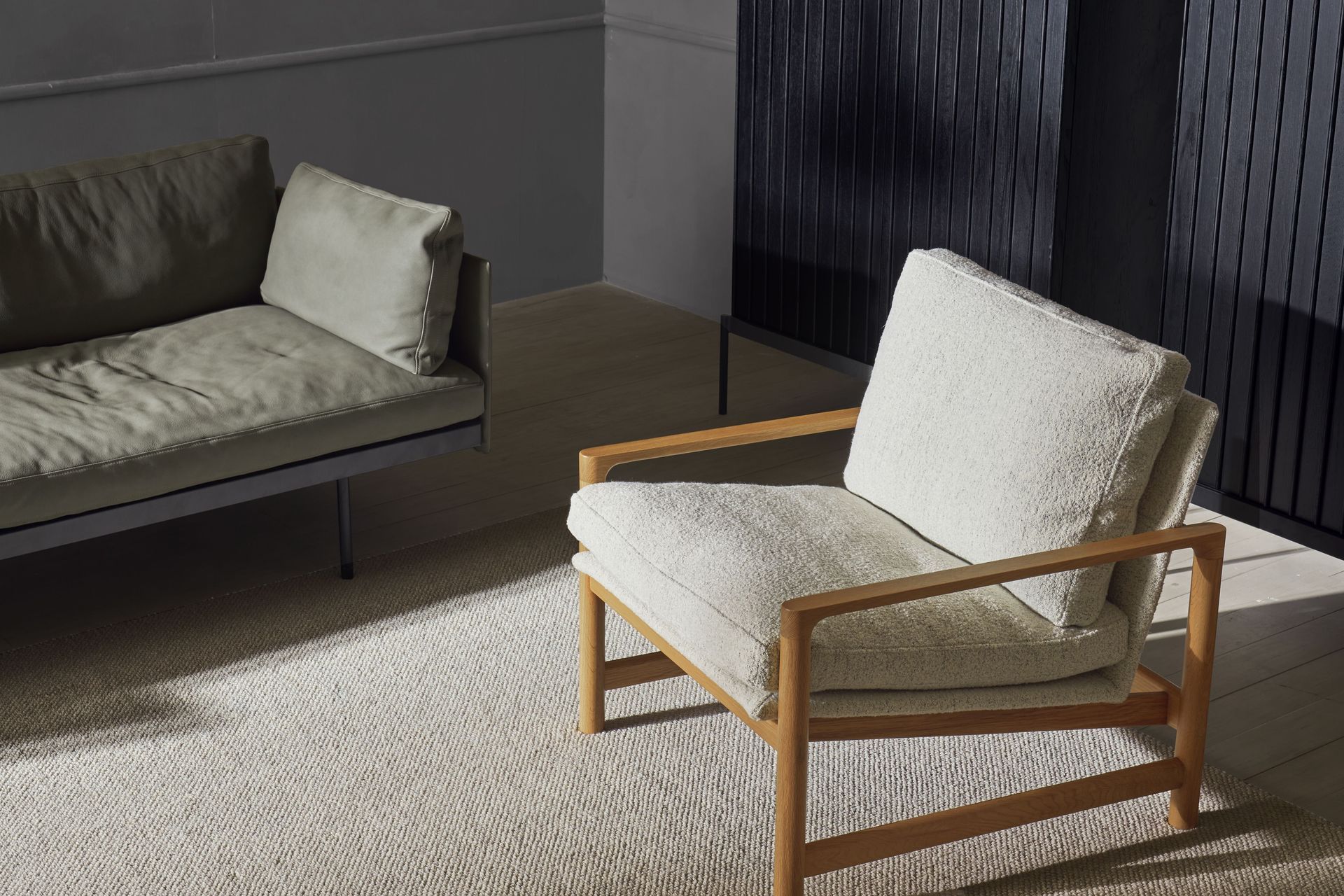
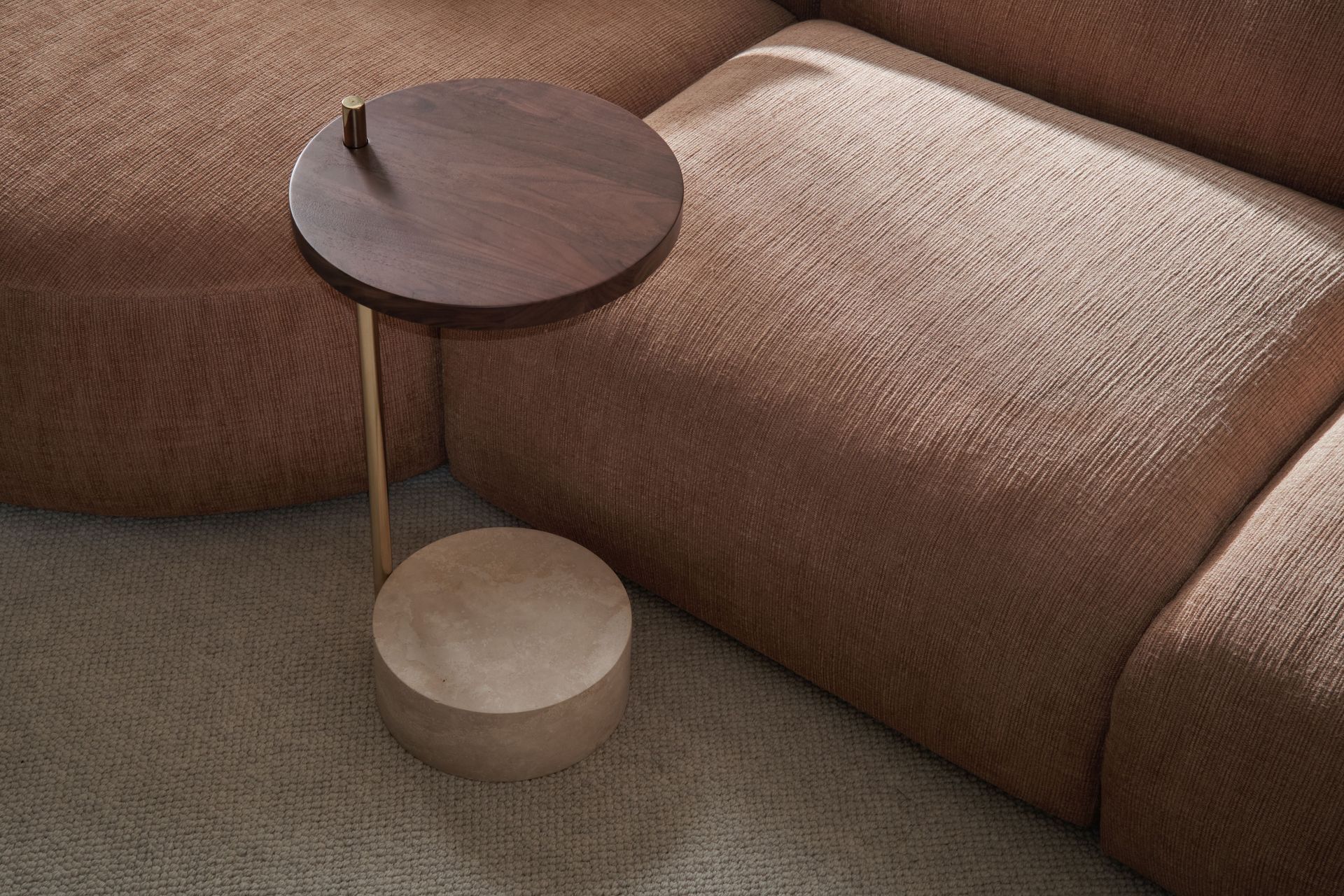
Do you recall a lightbulb moment that pointed you to wanting to pursue a career in design?
From an early age, it was clear that I would pursue a creative path. I was immersed in the world of design, surrounded by my parents' friends, who were architects, interior designers, clothing designers, and boat builders. I enjoyed listening to their conversations and developed an understanding of the language of design from a young age.
Tell us about your role at Natadora as both Art Director and as one of their Designers.
Some of my designs were among the first selected for the brand's collection, helping to establish the brand's tone and aesthetic. Recently, the owners requested that I take on the role of art director, which allows me to influence how my pieces are presented. In this position, I oversee all visual aspects of the brand, including directing photoshoots, styling the shots, designing the set, and managing web design

Where do you get inspiration for your designs?
I am inspired by everything around me. The more I travel, the more I open my eyes and observe, and the more I create.
Everyday objects and forms inspire me the most, from buildings and bridges to rubbish bins and street bollards. Sometimes, a design will evolve around a single detail.
What would be the most peculiar inspiration for a design of yours and how was it incorporated into a finished piece?
Some designs are inspired by unexpected everyday items. One design from the current collection is the Games coffee table, which is inspired by a wall radiator.
Do you have a design you're most proud of?
My favourite changes all the time, but I believe my Bureau sofa for Natadora is a timeless piece that will be remembered.
The relaxed cushions juxtapose the skeletal steel base and fine arms. I love seeing it float in a room so that the back detailing can be seen.
If you could collaborate with any designer, who would it be and why?
I have always admired the designs of Danish architect and product designer Finn Juhl. He passed away in the late 1980s, so there is no chance for a collaboration. His work has consistently inspired me, and he is one of the designers who motivated me to pursue a career in furniture design. My Starling chair, which was one of my very first designs, was a response to Finn Juhl's work.
Do you think there is a recognisable Austral asian furniture design aesthetic? If so, what would it be?
Yes, there are some consistent themes in colour palettes and certain interior design styles in this part of the world. Furniture pieces tend to be larger in Australia and New Zealand due to larger-scale interior spaces generally. However, I don't believe the furniture designs as such differ significantly from those in Europe. There was a time when New Zealand and Australia lagged behind in the fashion world, but this has changed due to our exposure to the latest and greatest designs around the globe through social media and digital publications.
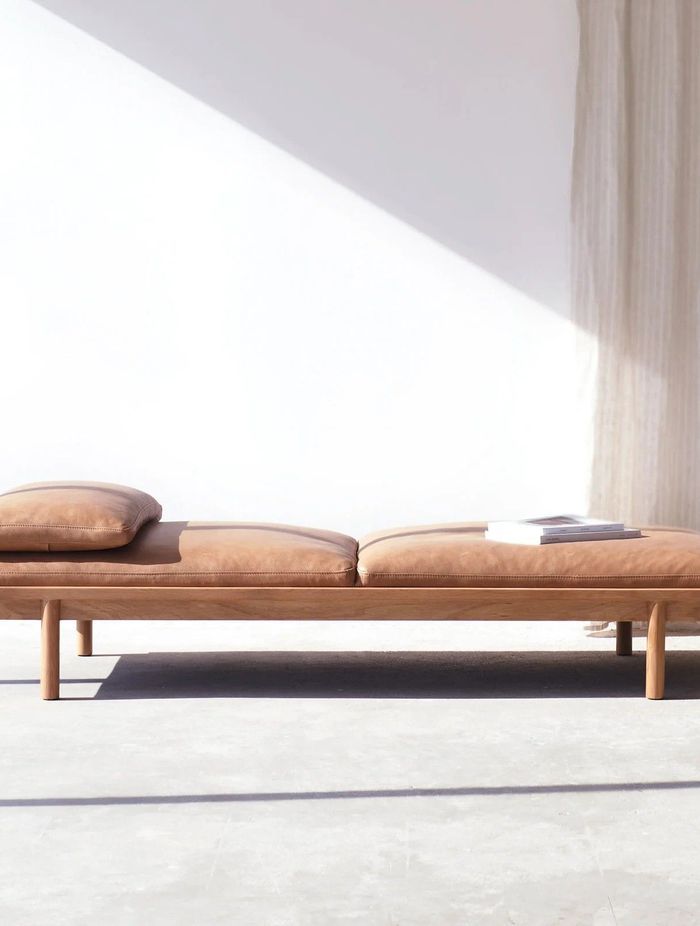
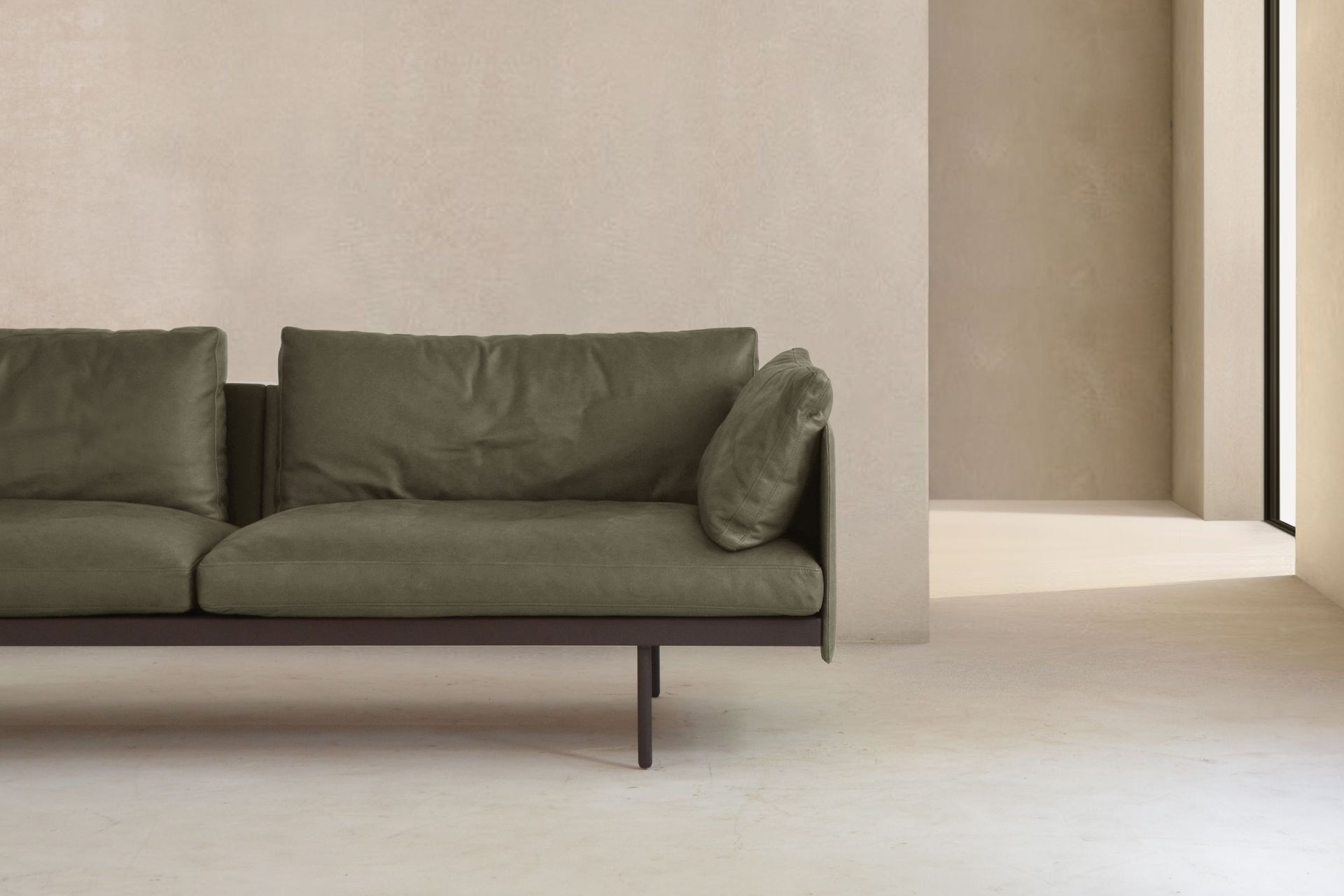
What are the boundaries of design?
Creatives are all about breaking the rules. I believe it's important to stay open to trying different things, to be curious and take risks. However, I believe there are rules of thumb that need to be considered, particularly in interior design. I believe good design should be simple, comfortable, function well, and never be over-designed.
Where do you stand on AI and its influence in design?
AI is enhancing productivity and will continue to streamline design processes over time. Designers will not be replaced; however, without a good understanding of design principles, many low-quality designs will emerge. Designs produced utilising AI will only be as good as the designer using the technology.
Is design ephemeral?
Trends seem to come and go more quickly than ever. The speed at which an item becomes fashionable often mirrors how fast it falls out of favour. Fashion is changing at an accelerated pace due to social media and the availability of budget items that are not designed to last. With the rise of social media and easily accessible online content, people feel pressured to keep up with these rapid changes.
Once upon a time, when you purchased a piece of furniture, you could expect it to last at least 20 years. With high-quality craftsmanship and materials, these pieces were considered an investment in quality for many years.
Some designs are timeless and can withstand changing fashion trends. While these designs may not always be in vogue, they are consistently regarded as classics. I hope that my designs will always fit into this latter category.
What's your most treasured piece of furniture you own and why?
At the moment, that would be a new purchase: A Surface Sconce lamp by Studio Henry Wilson. I love the imperfect beauty of cast metal, and this is a piece that will last forever.
CONTACT
To view Cameron's latest furniture designs book a consultation with Dawson & Co here.
Or fill in the form below.
We look forward to hearing from you.
